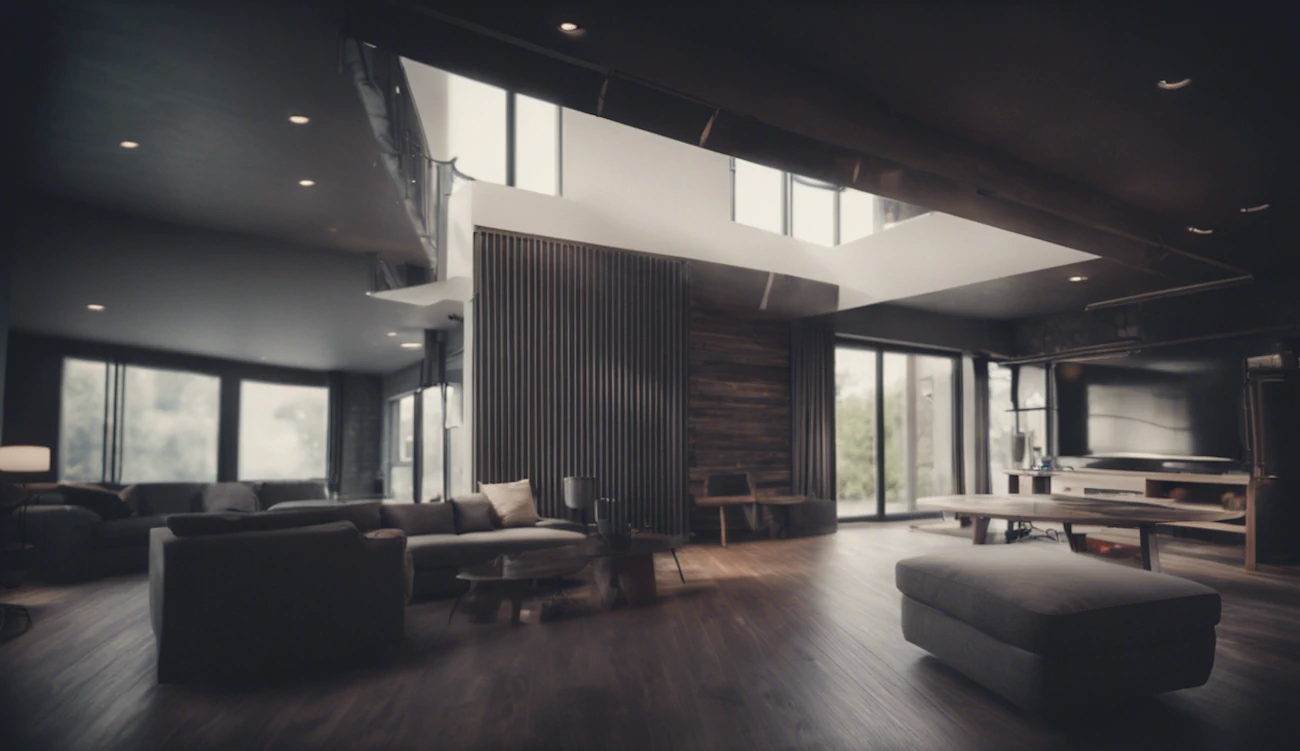In the global pursuit of sustainable development, LEED (Leadership in Energy and Environmental Design) certification stands as a beacon of environmental responsibility within the construction industry. Spearheaded by the U.S. Green Building Council (USGBC), this renowned rating system has transformed the way buildings are designed, constructed, and operated worldwide. Understanding LEED certification entails unraveling its intricacies, exploring its significance, and comprehending its impact on fostering a more sustainable built environment.
LEED certification is a voluntary rating system that evaluates the environmental performance and sustainability of buildings, focusing on various criteria such as energy efficiency, water conservation, materials selection, indoor environmental quality, and innovative design. It operates on a point-based system, with buildings achieving different levels of certification based on the number of points accrued: Certified, Silver, Gold, or Platinum.
Core elements of LEED Certification
- Sustainable sites: LEED assesses a building's impact on the surrounding environment, emphasizing aspects like site selection, transportation access, stormwater management, and landscape design that minimize the project's footprint.
- Water efficiency: This category evaluates strategies to reduce water consumption through efficient fixtures, water reuse systems, and landscape irrigation management.
- Energy and atmosphere: Energy efficiency lies at the heart of LEED. It promotes high-performance building systems, renewable energy sources, optimized energy use, and greenhouse gas reduction strategies.
- Materials and resources: LEED encourages the use of sustainable and locally sourced materials, waste reduction, recycling, and life-cycle assessments to minimize environmental impact.
- Indoor environmental quality: The focus here is on creating healthy indoor environments by optimizing air quality, natural lighting, thermal comfort, and acoustics while minimizing pollutants and enhancing occupant well-being.
- Innovation in design: LEED rewards innovative strategies that go beyond standard practices to achieve higher levels of sustainability and environmental performance.
Benefits of LEED Certification
- Environmental impact: LEED-certified buildings significantly reduce greenhouse gas emissions, energy consumption, water usage, and waste generation compared to conventional buildings, contributing to a healthier planet.
- Cost savings: While initial investment may be higher, LEED buildings yield long-term cost savings through reduced energy and water bills, lower maintenance costs, and increased property value.
- Health and well-being: LEED-certified buildings prioritize occupant health by providing better indoor air quality, natural lighting, and comfortable environments, resulting in increased productivity and satisfaction.
- Market differentiation and brand value: Achieving LEED certification demonstrates a commitment to sustainability, setting buildings apart in the market and enhancing their reputation and marketability.
- LEED Certification's global impact: LEED certification has transcended geographical boundaries, influencing construction practices worldwide. Its impact extends beyond environmental benefits, fostering a culture of sustainability, driving innovation, and influencing policies and regulations.
Challenges and evolving trends
While LEED has catalyzed sustainability in the construction industry, challenges persist. These include initial costs, complexity in documentation, and the need for ongoing education and adaptation to keep pace with evolving green building practices.
We will address these topics in more detail on this website, I hope you like it!
Are you still interested in this topic?
A good idea is to continue here:

